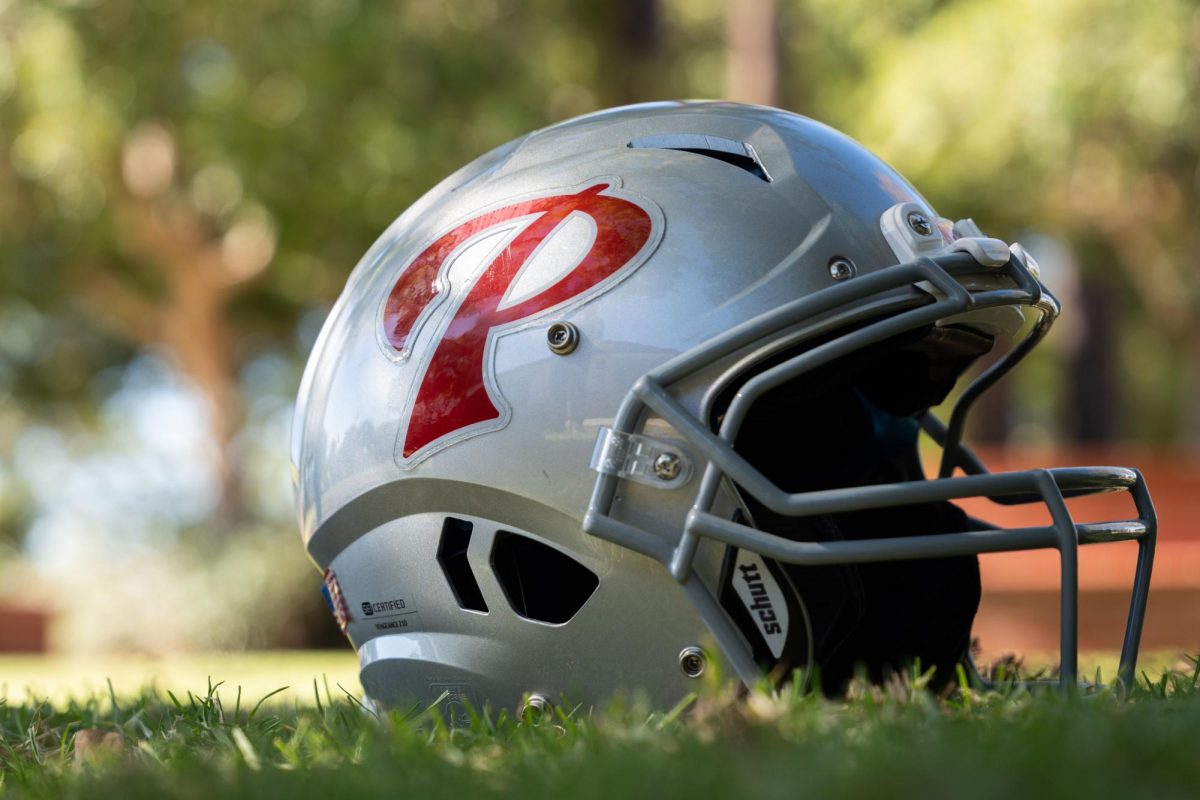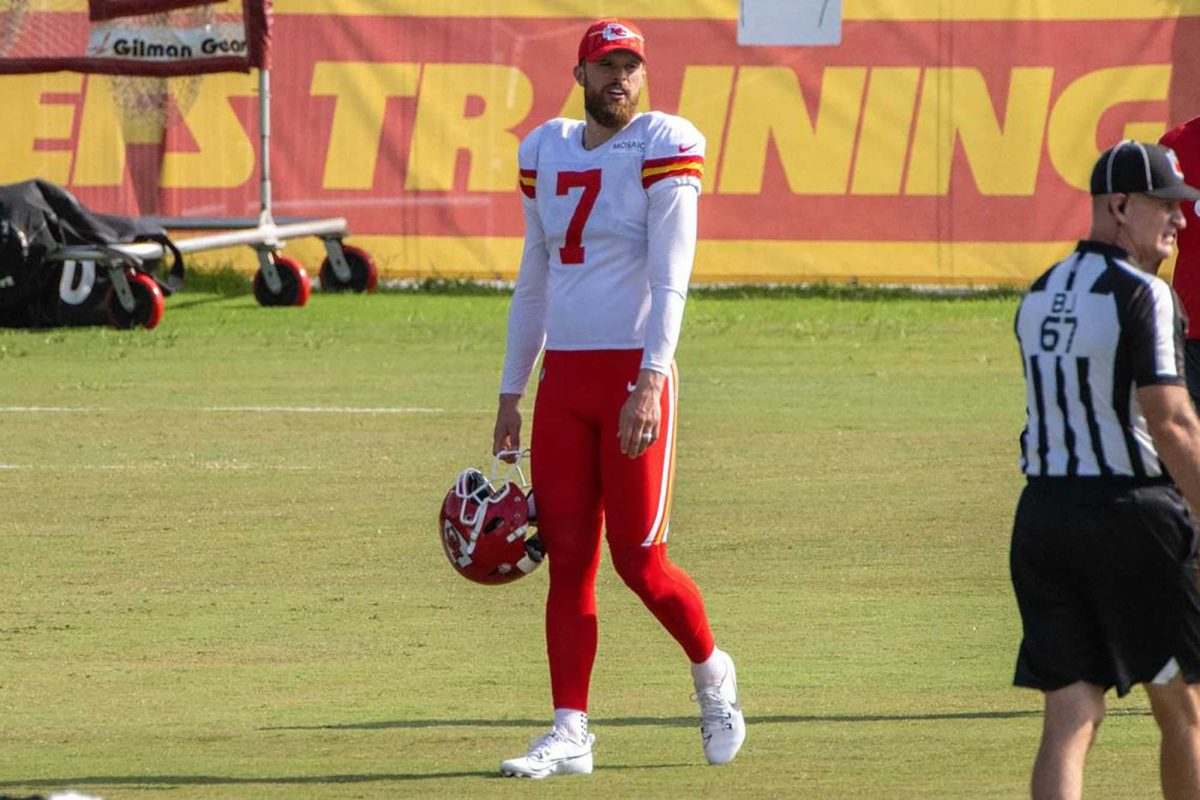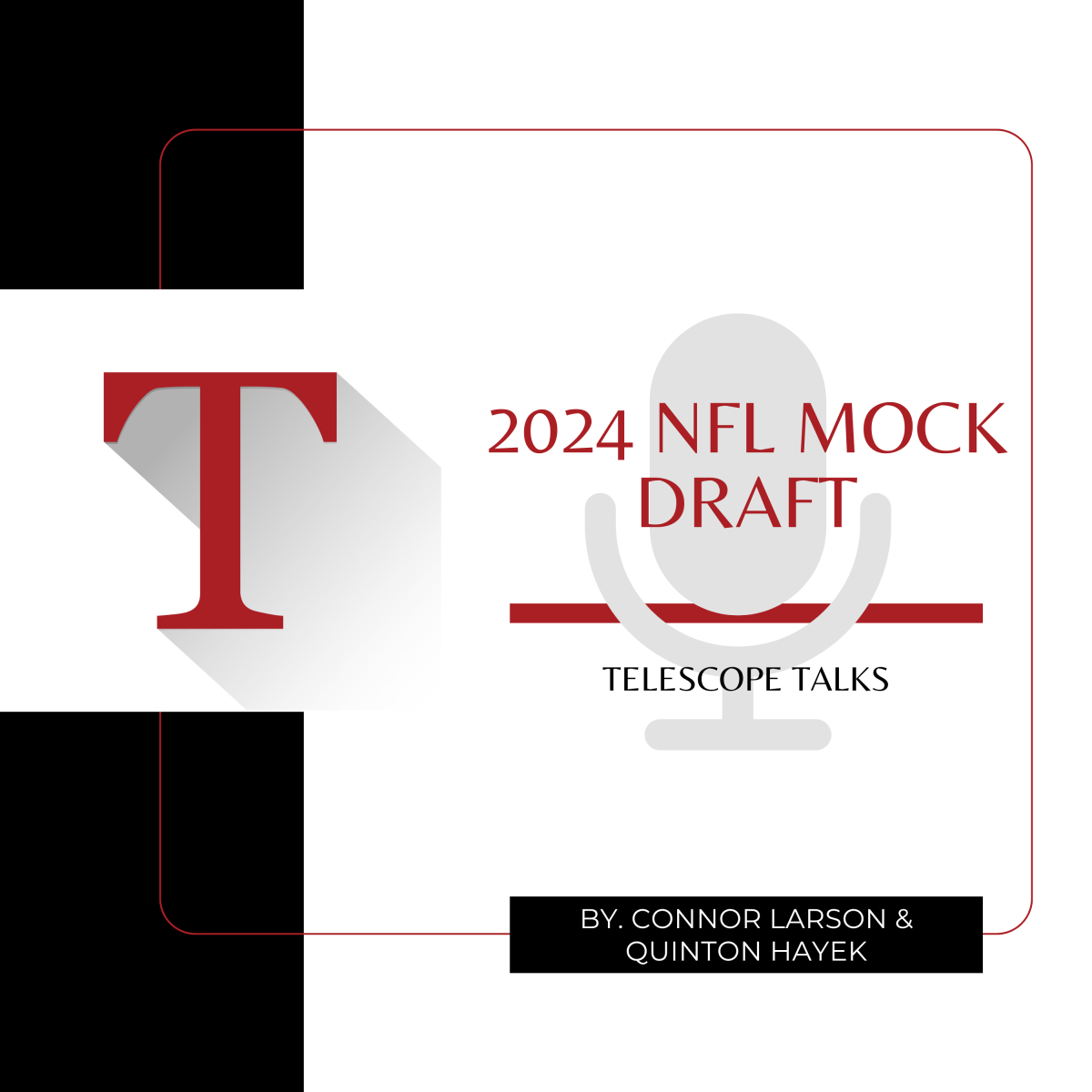A lifelong baseball fan died after succumbing to a head injury caused by a foul ball during a game at Dodger Stadium Aug. 29, 2018.
This tragic event has fostered many forms of controversy including calls for the netting to be extended further to claims that the Los Angeles Dodgers covered up the death due to the report coming out almost half a year later. Although the death occurred in late August, no reports came out about it until early February when ESPN’s “Outside the Lines” brought them to light.
I personally do not have a dog in either fight and I believe the baseball world should be grateful that ESPN was able to find and report on the truth. I do however take great issue with the way this tragic event was reported and I believe it creates major issues in regards to basic journalism ethics.
In the original report, there were multiple inaccuracies that were corrected at a later date. Although they were eventually corrected, they never should have been published in the first place.
Originally, the foul ball was described as a “screaming liner.” In baseball, the batter’s goal is to hit the ball hard to center field on a line, as is taught by hitting coaches at every level of baseball. A hit like this is referred to as a line drive and someone being hit in the head by something like that would very likely lead to irreparable damage.
It turns out the victim was actually hit by a high fly ball that made its way into the stands. When a ball like that finds its way into the stands it’s because the batter swung late on a pitch and foul balls like those are very common in baseball games. This isn’t an important fact to misreport but there is a very large difference between the two types of foul balls.
Saying that someone was hit with a screaming liner paints a very different picture than a lazy fly ball. This isn’t to argue that ESPN had ulterior motives when compiling this report but it is very important to get the facts right the first time around especially as it pertains to terminology like this.
The biggest issue in this article was the naming of the players who contributed to the fly ball. The original article named both the pitcher and hitter that were battling back and forth when the foul ball went up. It turns out the original batter named might not even be correct as ESPN tacked on an update at the end of their article that states, “…new information has raised uncertainty about the identity of the batter.”
This raises the question: did the names even need to be included in the report? In what way do the identities of the pitcher and hitter add to the overall story of a tragic event?
In journalism, the goal is to report the truth with minimal damage to those being reported on. ESPN is doing a great service to the family of the victim as their story and message are now being shared where before it was all under wraps. That doesn’t mean the players should be singled out.
Those reporting on the story have every right to include the players’ names in the article as the events took place in a public space. But the harm that it could bring to the players does not outweigh the benefits of including them in the story to begin with. No one reading the article will think “Wow I’m so glad I know that players X and Y were the ones that attributed to this very unfortunate death,” as it is not relevant information.
ESPN is a juggernaut in the world of sports journalism and that won’t end any time soon but they really shouldn’t be making these mistakes in the name of timeliness. Maybe they need a refresher on basic journalism ethics.


























































